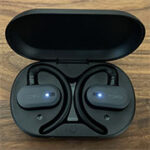The TOZO Open Buds are the manufacturer’s first entry into the air conduction earbuds market and they do rely on directional sound to guide the audio towards your ear without the earbuds actually entering the inner ear.
| TOZO Open Buds | |
|---|---|
| TozoStore.com | Check Product |
| Amazon.com | Check Offer |
It’s the same principle as the TOZO OpenReal and the OneOdio OpenRock series, but I noticed that the TOZO Open Buds went with a smaller 14.2mm dynamic driver which could make a tiny difference (when compared to the 16.2mm driver). Then again, the art is in the tuning, but I am curious about the sound volume of the earbuds as well.
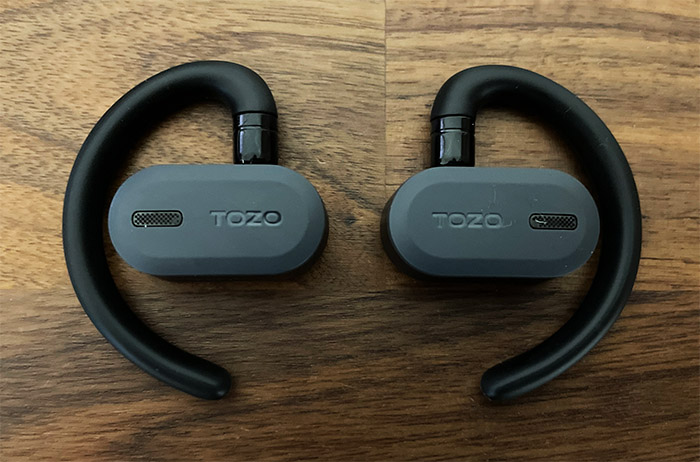
I also saw that TOZO has given a special attention to the way the Open Buds will fit onto the outer ears. It added a rather unique mechanism to adjust the angle at which the small speaker will sit, technically making it easier to position the Open Buds over the ears than its competitors. The bass-enhancing technology called origX is present and very much needed considering that the earbuds with directional sound struggle a lot of offer some semblance of low-bass, but we will see how well the developers managed to pull it off in our dedicated sound testing section.
I have noticed that there has been an avalanche of air conduction earbuds entering the market the last few months, eating away from Shokz’s market place dominance, but I don’t really mind having more option to choose from, at different budget levels. And the TOZO Open Buds do compete from a fairly budget-friendly standpoint and at the moment of testing, they are a bit more expensive than the TOZO OpenReal, so let’s put them to test and see if they’re actually the better pair of earbuds.
Build Quality and Design
When it designed the OpenReal headphones, TOZO went with the sports-suitable ‘airy wearing’ approach, but for the Open Buds, the manufacturer decided to go with two separate earbuds. And, unlike the regular TWS earbuds which could enter the ear and remain very compact due to the option to use a small driver, the air conduction earbuds are much larger.
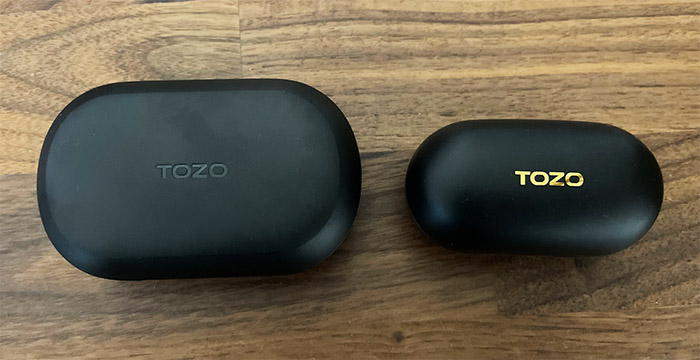
That’s in part due to the need to go around the outer ear (the TOZO Open Buds do not enter the ear canal) and also because the developers had to use a larger driver. At the same time, considering that each earbud measures 1.96 x 1.38 x 0.48 inches (5.0 x 3.5 x 1.2cm), they do seem a bit more compact than the likes of OpenRock Pro and OpenRock S. Even so, they look very similar, having that flexible curved piece to go around the outer ear and the larger part that encases the driver, the microphones and the battery.
The flexible part can be pretty much straightened out (I think it’s made completely out of silicone), but, to my surprise, TOZO didn’t think it’s enough for the user and it made sure that this section can also be adjusted in terms of angle – it rotates 50 degrees up and down, plus it rotates 75 degrees to the outer side and 10 degrees to the inner side. This way, it’s incredibly easy to put the earbuds over the ear and then just slide that section back to align the small speaker to the inner ear.
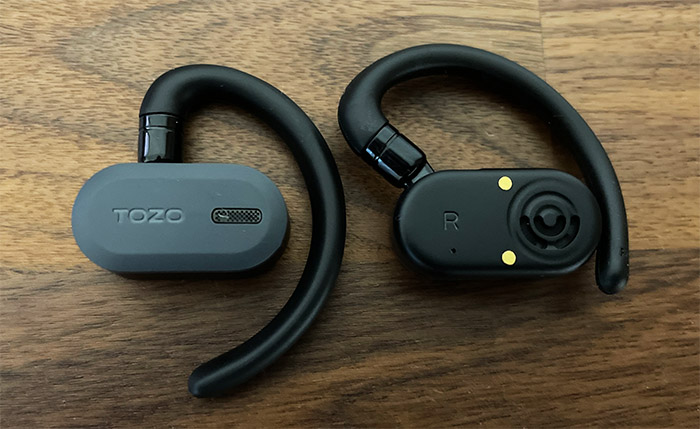
I usually have to stretch out the air conduction earbuds to make them fit on my ears and assumed that this is the standard approach, but TOZO proves that it’s not, so other manufacturers can follow suit. There are no physical buttons on the TOZO Open Buds, so you will have to rely on the touch-sensitive areas on the outside of each earbud. A single tap on either earbud will Start/Pause a track and double tapping the Left / Right earbud will return / more to the next track. There is volume control and if you hold the left earbud, it will decrease it, while holding the right earbud will raise the volume.
There is, of course, calling control as well, a single tap will answer a call, while a long press will either reject or hang up the current call. Lastly, triple tap on either earbud will enable the voice assistant. You may have noticed that next to the touch-sensitive area, there appears to be a large microphone section, with the LED shinning from within the mesh cover. On the other side of each TOZO Open Buds, you can see another microphone, two magnetic pins for the connection with the charging case and a circular shape with some cut-outs for the driver.
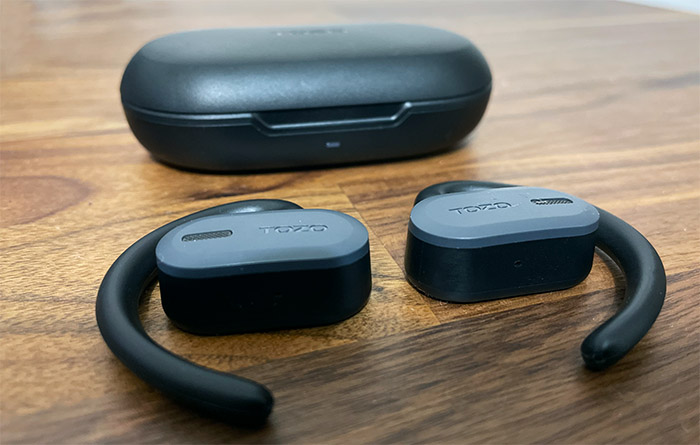
Now let’s talk about how comfortable they are and if they’re suitable for outdoor activities. TOZO says that the earbuds are IPX6-rated which means that they’re protected against powerful jets of water. It also means that rains drops and sweat should not harm them at all. I found the TOZO Open Buds to be comfortable to wear for at least a couple of hours, but will they stay put when doing strenuous outdoor activities? After I put the earbuds on, they will not budge regardless of how violently I move my head. So no, they won’t fall and you can use them outdoors without worrying that you may lose the earbuds.
The Charging Case
Every air conduction earbuds that I tested came with big charging cases and the TOZO Open Buds are not really an exception, although I would argue that it’s still far more compact than what we got with the OneOdio OpenRock S. And yes, at 3.6 x 2.2 x 0.8 inches (9.2 x 5.6 x 2.0cm), I do think that it’s possible to carry the case in your pockets, your larger pockets.
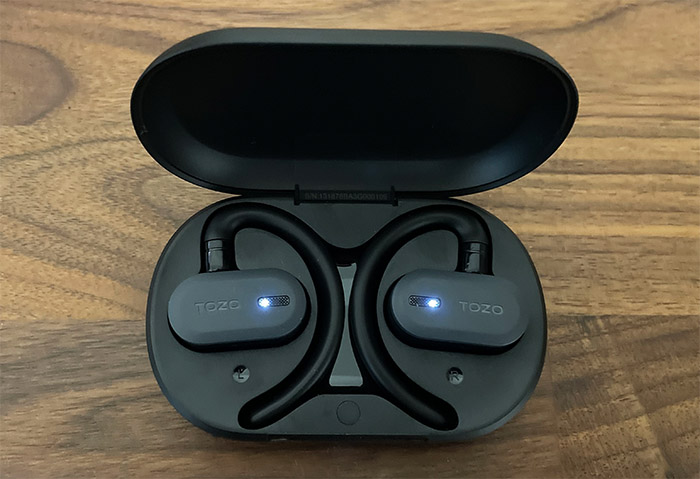
The case is made of plastic that’s covered by a black matte finish and the lid is magnetic. The charging port is USB-C and in front of the case we can see an LED which lights up when I open up the lid, but I did not see any system which would show how much battery is left, which is a shame. Especially after getting accustomed with the awesome TOZO Golden X1 charging case that shows the battery in percentages. That being said, the carved shapes ensure that the earbuds fit well immediately – the magnets are strong enough to quickly snag them out of your hand. And yes, there are two pins to charge the earbuds, nothing else.
Internal Hardware and Connectivity
The TOZO Open Buds use 14.2mm dynamic drivers and it’s the first time I see a smaller driver than 16.2mm on an air conduction pair of earbuds. TOZO is confident that it can offer a high volume and good sound accuracy, so that’s good enough for me. I am going to test it in a minute though. The great news is that TOZO has made available some internal pictures of the Open Buds on the FCC ID website, so I could get a look at a few main components. I could identify the RealTek RTL8763ESE single chip Bluetooth ROM and yes, the supported version is indeed v5.3.
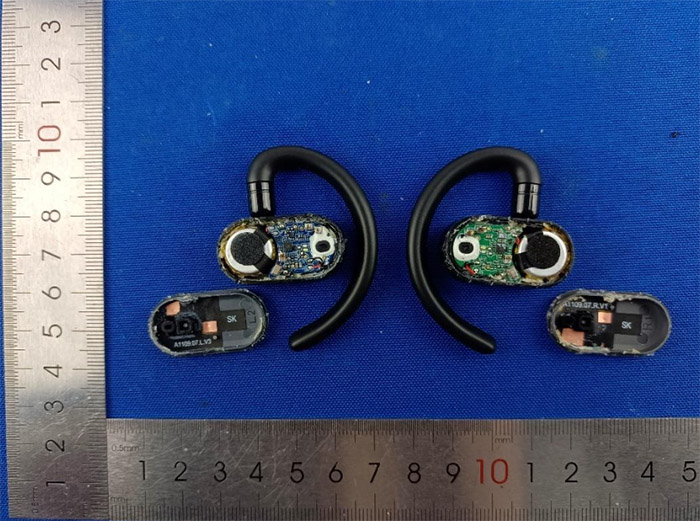
The range is 30 feet with some interference (walls, doors) and the bandwidth is way higher than what most earbuds would support. The supported codecs are SBC and AAC (same as OpenReal), so yeah, it’s not going to hit some bitrate ceiling anytime soon. Is there support for Bluetooth multipoint? Unfortunately not and it’s a bit of a shame considering that the SOUNDPEATS RunFree did have it. At the same time, the OpenRock S also missed this useful feature.
The Sound Quality of the TOZO Open Buds
I didn’t have to worry about the aptX compatibility, so I paired the TOZO Open Buds to an iPhone 12. After that, I ran the usual technical tests to get an idea about the drivers’ capabilities, as well as an initial assessment of the sound quality. The first test I ran checked the driver quality by playing a sweeping sound (70% volume since 80% was way too loud) and, ideally, there should be no buzzing. I noticed that the air conduction earbuds and headphones would all pass this test and the TOZO Open Buds did as well, which is excellent.
Moving forward, I also wanted to hear if there was any balance difference between the two earbuds and despite the extra angle adjustments which are unique to the TOZO Open Buds, the sound always remained perfectly centered.
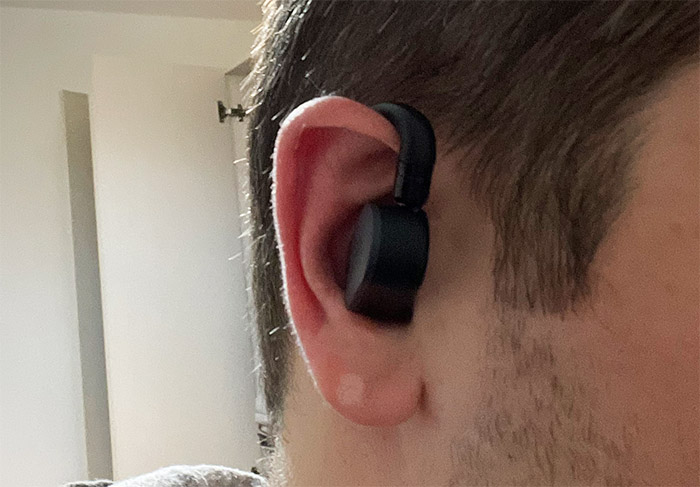
Next, I played a few binaural songs to get the initial assessment of the sound quality. The volume stayed at 70% since it would have gotten too loud otherwise and I did the test in a fairly quiet room. I could hear a very good amount of detail, although quite below what I would get with the OneOdio Monitor 80, as expected. But the sound stage felt unexpectedly wide and the imaging was done in the sense that I could tell where each instrument was positioned, as well as the voices. But the depth of the sound is a bit lacking, especially anything bass-related.
It was to be expected on air conduction earbuds and yes, the origX technology did try its best, but you cannot really compare it to what sealed earbuds or headphones are able to accomplish. Then again, you do get the advantage of clearly hearing the environment and the benefit of not having your ear canal irritated by intrusive pieces of plastic. Now let’s move forward to our usual list of songs, starting with the low-bass focused Zhu – Faded. I made sure that the earbuds were slightly angled inwards to get closer to the ear canal opening and I can tell that this made the difference because the low-bass representation is not bad at all, at least on par with the OpenReal and the OpenRock Pro.
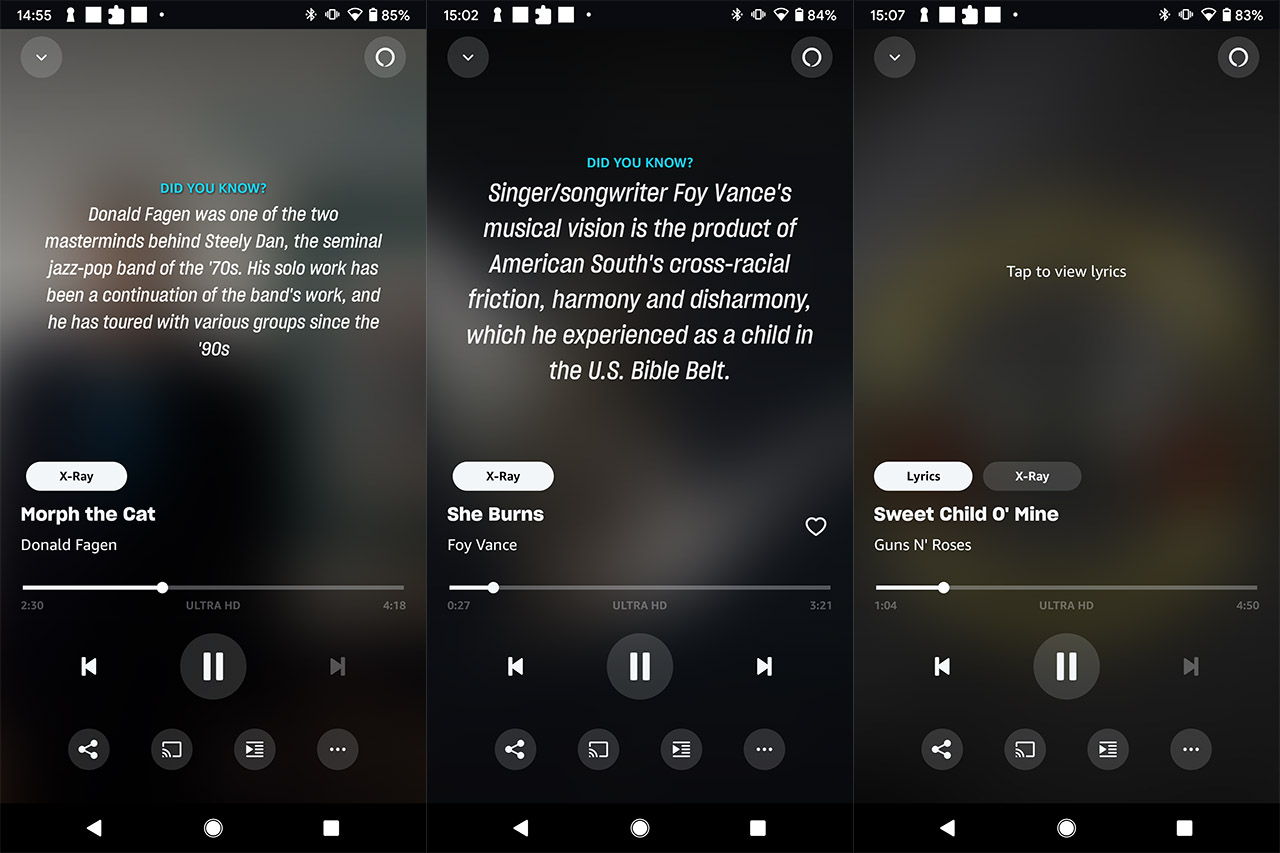
Don’t get me wrong, there is not that much depth and it’s anemic compared to sealed TWS earbuds, but for air conduction, it’s one of the best low-bass representation I heard so far. Again, this only happened after I angled the earbuds a bit because leaving them flat completely eliminated any bass depth, producing a sound far worse than the TOZO OpenReal. Moving on, I listened to Morph the cat by Donald Fagen. The mid-bass was decently reproduced, the sound was detailed, but it did seem that the voice was a tiny bit flat. I couldn’t yet put my finger on it, so I listened to Vance – She Burns to maybe understand better what’s going on.
And, while the instruments sounded right and the song sounded fairly colorful, the male voice is indeed a bit flat. Plus, it’s more of a sensation of detail, than actual articulation. What about the female voice? I played Ariana Grande – Breathin and while the female voice sounds better, the aforementioned behaviors remain available here as well. Since we talk about detail, I had to listen to System of a Down – Mr Jack which can easily sound muddy. It’s actually not a bad reproduction since even when every instrument and voice played at the same time, the TOZO Open Buds were able to maintain a somewhat decent distinction between them – obviously, it still sounded a bit muddy, but better than expected.
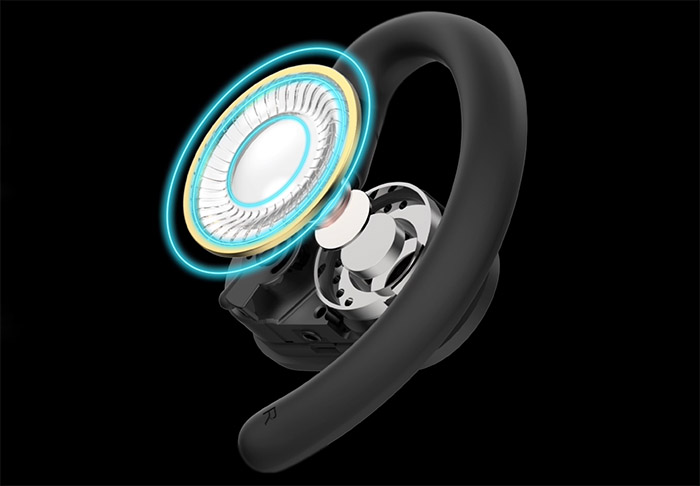
Lastly, I played a treble-focused song, Sweet Child o Mine by Guns n Roses and it seems that the higher frequencies received a slight boost, which means that the song did sound colorful and dynamic, but you don’t want to listen to Axl’s voice for long since it will get fatiguing very quickly.
The Mobile App
If you’re not a fan of the default sound tuning, TOZO has made available an app where you can change the sound signature quite a bit. Indeed, the TOZO Open Buds can be used with the same mobile app as the Golden X1 and the OpenReal, and the interface is also pretty much the same. At the top, there’s a cute animation of the earbuds, including the battery life that’s left and tapping on the EQ-like graph will take you to the actual EQ window. You can select between various preset modes, but I did not find a way to actually adjust the frequency response manually, which is a significant shortcoming.
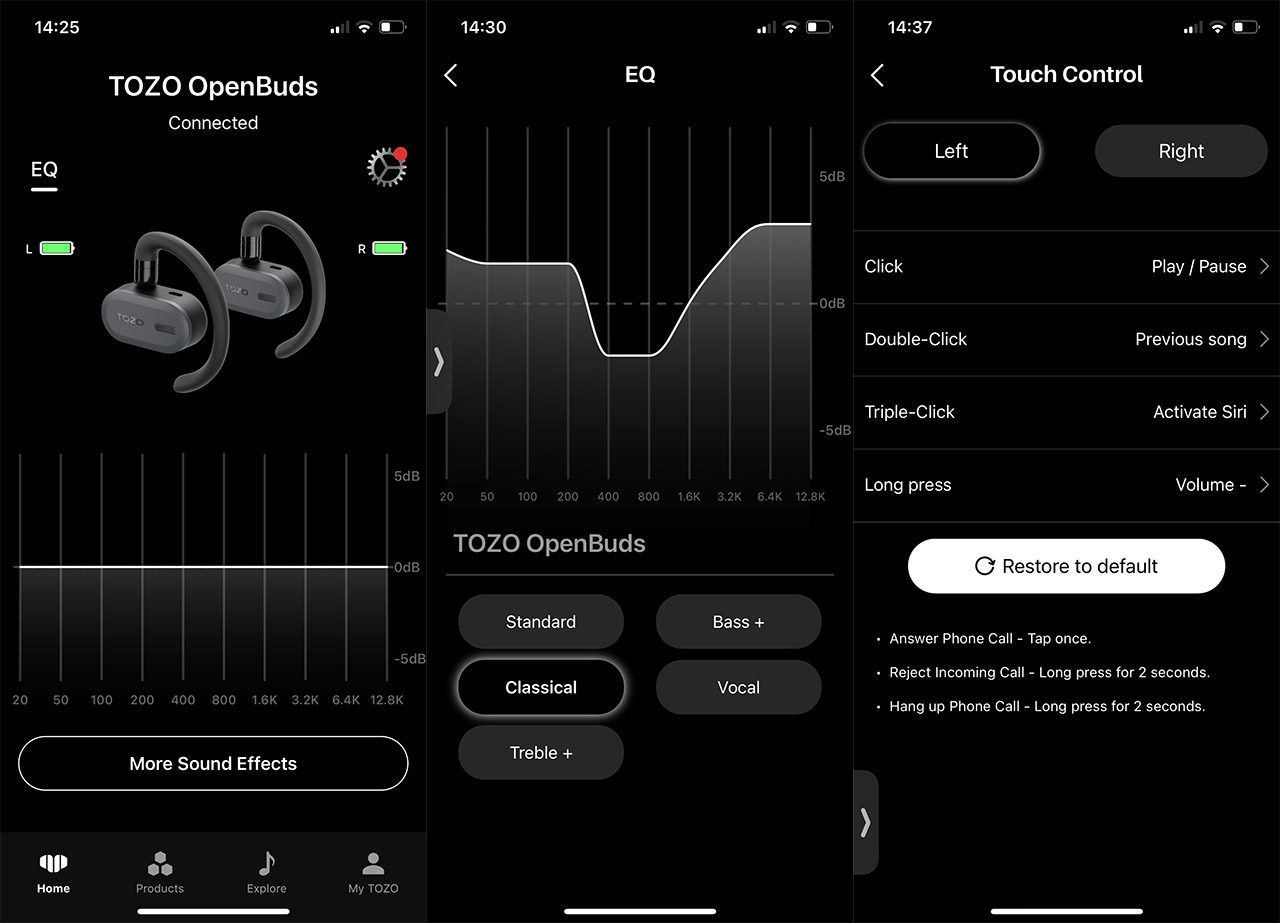
There was a firmware update available, so I was hoping that this function may have been added, but no such luck. There is more to the app though because after tapping on the cogwheel from the top right corner, it will take you to the Setting section, where it’s possible to adjust the Touch Control for each earbud, something that not many manufacturers of earbuds offer at the moment.
The Call Quality
I have noticed that the call quality on air conduction headphones and earbuds is generally good, but is this also the case for the TOZO Open Buds? The answer is yes. I could hear the person on the other side perfectly clear and, since the volume can go very high, I could hear their voice even if I was in a fairly busy coffee shop. The question is how well could they hear me? Almost as good as if I would have talked directly on the phone and that’s indoors, in a fairly quiet room. Things do change if there’s a lot of noise outside, such as a highly trafficked area, where the ‘Huh’ and ‘Can you say that again’ become more often. Overall, the microphones seem to do a good job.
The Battery Life
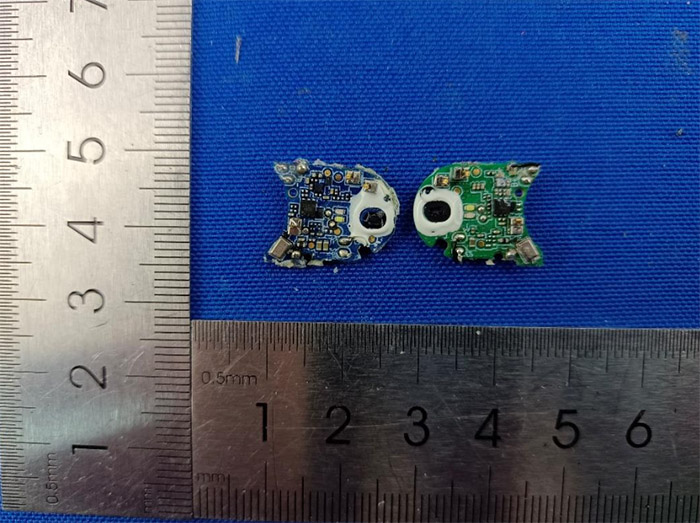
Each earbud comes equipped with a 70mAh battery and the manufacturer says that we should get up to 12 hours on a single charge as long as the volume is set at 50%. I kept the volume at 70% most of the time and the TOZO Open Buds managed to stay alive for about 7 hours and a half. It’s not a bad score, but not impressive either.
The Conclusion
For a first timer in the air conduction earbuds market, I’d say that the TOZO Open Buds are fairly balanced, offering a high sound volume and a decent sound quality. Yes, all air conduction earbuds suffer from poor bass response, but the origX tech and the adjustable angle on the Open Buds help deliver a better low-frequency sound reproduction than expected. I did like that there is a companion app, but the lack of custom EQ is a bit disheartening. Other than that, if the inter-connected OpenReal don’t suit your needs, then the TOZO Open Buds are the next best thing.

Mark is a graduate in Computer Science, having gathered valuable experience over the years working in IT as a programmer. Mark is also the main tech writer for MBReviews.com, covering not only his passion, the networking devices, but also other cool electronic gadgets that you may find useful for your every day life.

